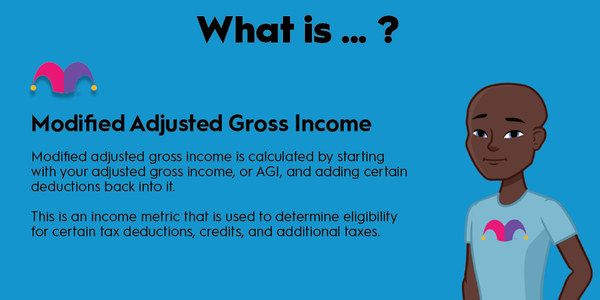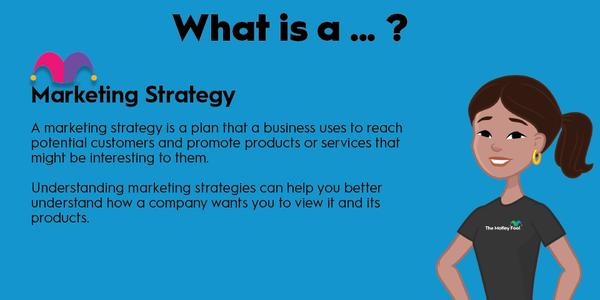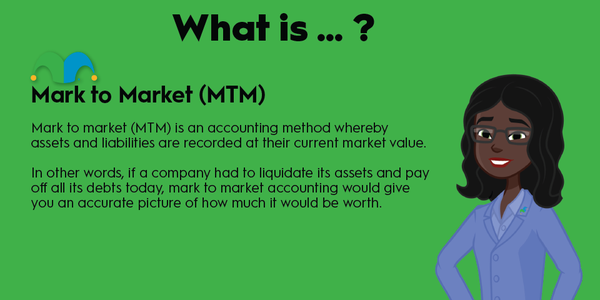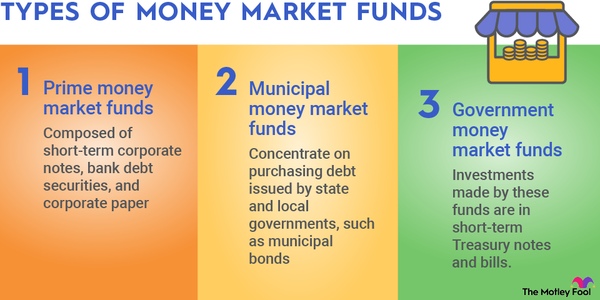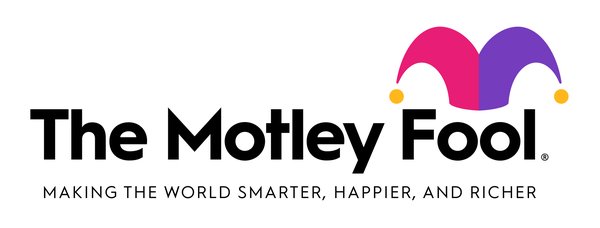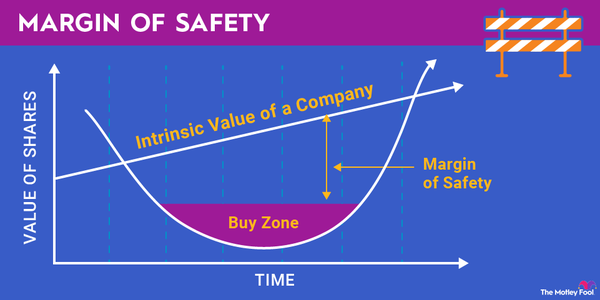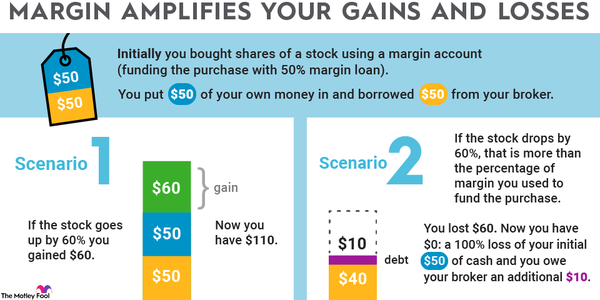How Monte Carlo simulations can help your analysis
How you can run your own Monte Carlo simulations
Scenarios where this simulation can help
A Monte Carlo simulation in investing is like rolling the dice on potential outcomes for your investments. Instead of relying on past performance or gut feelings, Monte Carlo simulations use computer algorithms to model and predict multiple potential outcomes based on a range of possible variables and scenarios.
Think of it as a "what if" game for your investments. What if the economy takes a dip? What if interest rates go up? What if there's a major market disruption? By modeling these possibilities, Monte Carlo simulations can help investors see the potential risks and rewards of different investment strategies and make more informed decisions.
In short, Monte Carlo simulation is a tool that uses math and computer modeling to help you understand the possible risks and returns of your investments.
How Monte Carlo simulations can help your analysis
Monte Carlo simulations are important for retail investors because they provide a more complete picture of potential outcomes for an investment. As a retail investor, you want to make wise choices about where to put your money. You want to know not just the average return on investment but also the possible risks and ranges of potential outcomes.
That's exactly what Monte Carlo simulations can provide. By modeling a wide range of possible scenarios, Monte Carlo simulations can help you understand the risks and rewards of different investment strategies. They can also help you see how changes in market conditions or other factors might affect your investments.
So instead of relying on past performance or gut feelings, Monte Carlo simulations give you a more comprehensive look at potential outcomes. They're a valuable tool for anyone looking to take control of their financial future and make the most of their hard-earned money.
How you can run your own Monte Carlo simulations
Financial advisors and money managers often use this tool, but you can do it, too. You don't need any professional systems or expensive resources to run Monte Carlo simulations at home. There are actually a few simple and accessible tools that anyone can use. Here are a few options:
- Online calculators: There are many online calculators you can use to run Monte Carlo simulations for your investments. These tools allow you to input information about your portfolio, including your investments and their current values, and model potential outcomes based on different scenarios.
- Spreadsheets: If you're comfortable with spreadsheets, you can use a tool such as Microsoft Excel or Google Sheets to run your own Monte Carlo simulations. There are templates and formulas available online that you can use to get started.
- Personal finance software: If you use personal finance software to manage your investments, some programs may already have built-in Monte Carlo simulation tools you can use. Check to see if your software has this feature, and, if so, how you can use it.
Keep in mind that while Monte Carlo simulations can be a valuable tool, they're not a guarantee of future results. It's always important to do your own research before making investment decisions. Your analysis tool belt should always hold several useful analytic approaches. Just one method will rarely be good enough, and that’s the whole point of running a range of randomized simulations anyway.
Scenarios where this simulation can help
These simulations can help investors in many ways. For example, Monte Carlo simulations can be a valuable tool for retirement planning. By modeling possible outcomes for a retirement portfolio, investors can better understand the risks and rewards of different investment strategies and make better decisions about how to allocate their assets. A Monte Carlo simulation might help an investor see that investing more heavily in stocks could lead to higher returns over the long term but also higher volatility.
They can also be used to help investors diversify their portfolios. By modeling different scenarios, an investor can see how their portfolio might perform under various market conditions. For example, a Monte Carlo simulation might show that investing in a mix of stocks, bonds, and real estate could lead to more stable long-term returns across a wide variety of market conditions, reducing the overall risk of the portfolio.
You could also analyze any single stock with this versatile tool. Monte Carlo simulations let you consider the risks and opportunities for your chosen company in light of factors such as different interest and inflation rates, wider or tighter profit margins, and intense or lukewarm end-market demand. You’ll gain a deeper understanding of the business model’s sensitivity to these issues, and you should also gain an understanding of how likely the risks are to materialize. This knowledge will provide a sound basis for any decision you make, whether it’s to buy, hold, or sell.
These are just a couple of examples, but the possibilities are endless. Whether you're planning for retirement, diversifying your portfolio, or just considering whether you should invest in a particular stock, Monte Carlo simulations can help you reach a more informed decision.


